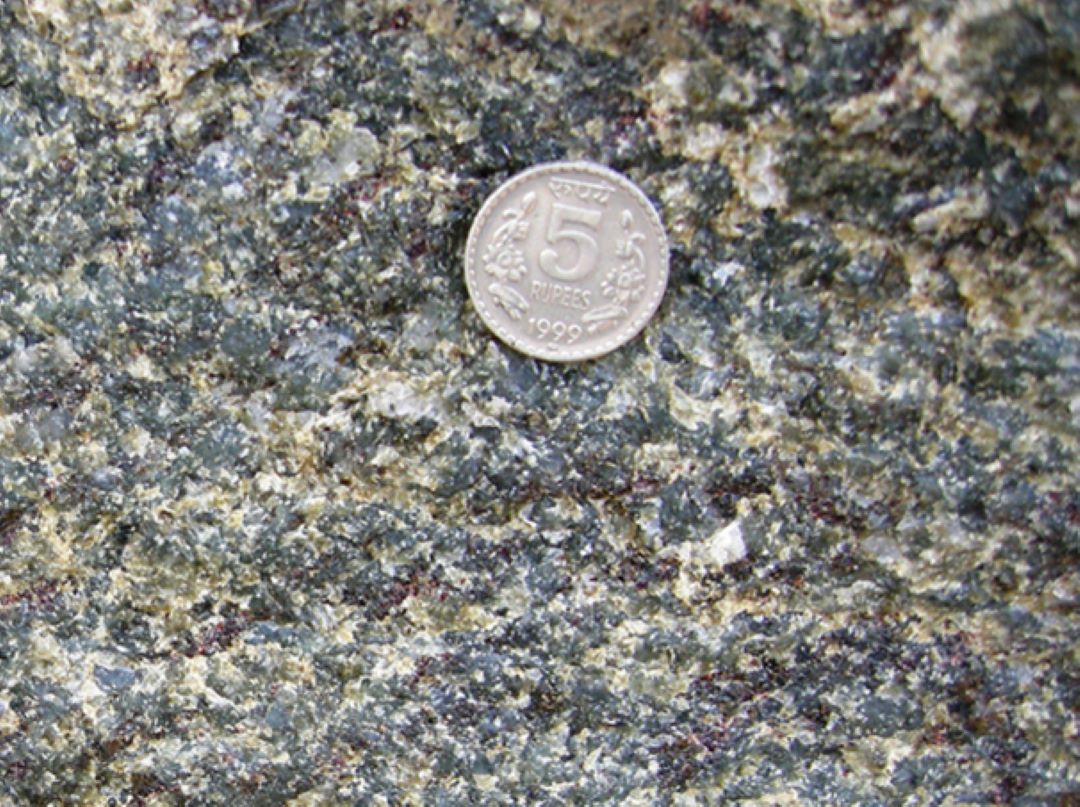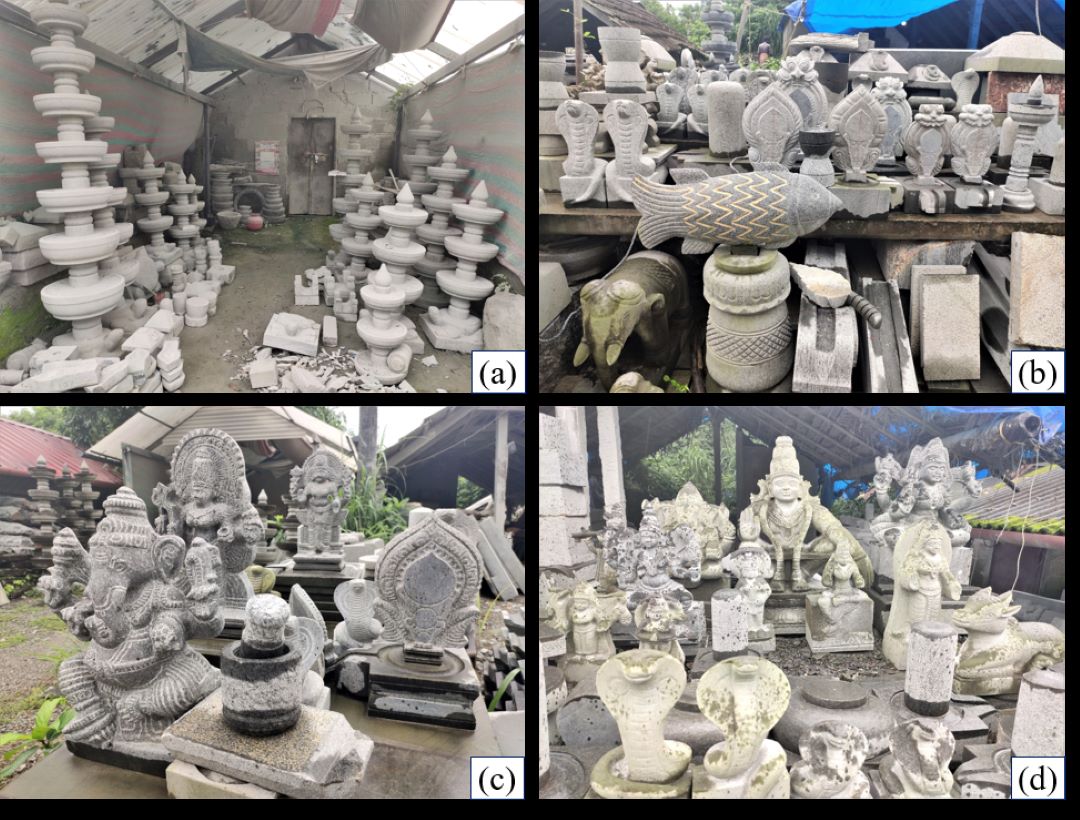
The 133-feet tall sculpture of Tamil poet Thiruvalluvar. The statue is made entirely of charnockite blocks
Year designation
Lithology
Aesthetics
Geological settings
Wide spread in the high-grade terrains of southern India with age groups of Early- to Meso-Archaean to the north of Palghat–Cauvery shear zone and Neo-Proterozoic (related to Pan-African orogeny) to the south of the shear zone
Location
Pullukadu, Vengamala, Perumkadavila, Eripara, Malayankizh, Nedumkunnam, Achikonam, Mullanklavila, Thovala, Mylaudi, Subramanyapuram, Kuttalam
The 133-feet tall sculpture of Tamil poet Thiruvalluvar. The statue is made entirely of charnockite blocks
The common heritage stones of world-wide usage
Charnockite forms one of the rare stones, which has been named after a monument. The charnockite terminology proposed by Holland (1893) to the geological lexicon celebrated its Quasquicentennial Jubilee (125th year) in the year 2018. However, heritage made of charnockite is even far more ancient. Some renowned historical sites such as the group of monuments at Mahabalipuram (UNESCO world heritage site since 1984), Madura Meenakshi temple and Sri Padmanabha temple are Indian examples for ancient heritage made of charnockite. On the other hand, modern usage of charnockite in monument construction in southern India is depicted by Vivekananda and Thiruvalluvar memorials. Similarly, famous sculpture of Oscar Wilde in Ireland is one of the best examples of the usage of Indian charnockite in overseas monument construction in contemporary times. The sculptures and memorials made of charnockite in India are so exquisite that they are exported to countries like Japan, Germany, Italy, Netherlands, UK, USA, Africa, Australia etc. (GIJ, 2017).
- Author(s)
C. Sreejith. Department of Geology, MES Ponnani College, University of Calicut, Malappuram, Kerala 679586, India
Gurmeet Kaur. Department of Geology, Panjab University, Chandigarh 160014, India


